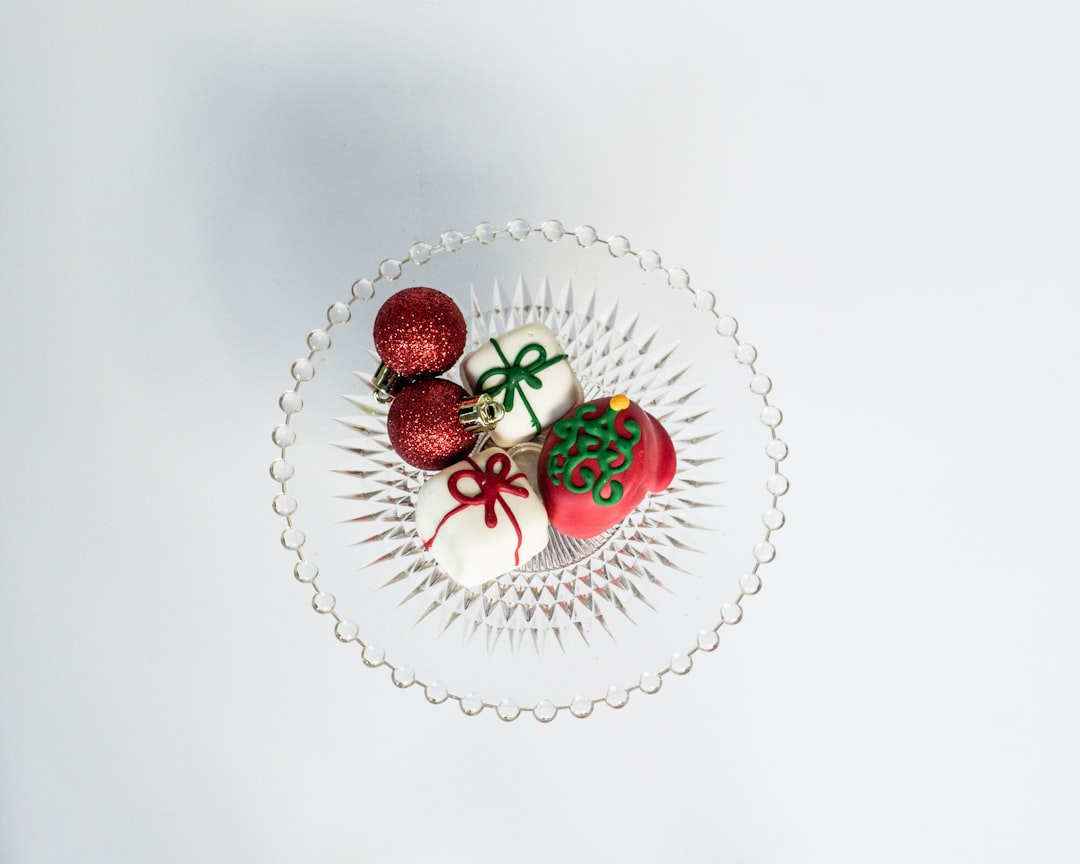Unveiling the Mysteries of Sous Vide Cooking

In the vast realm of cooking, there's a technique that has been steadily gaining popularity among both professional chefs and home cooks alike: sous vide. But what exactly is sous vide? At its core, sous vide involves placing a food item inside a vacuum - sealed bag and then cooking it slowly at a low temperature in a water bath. This method offers a unique approach to cooking that has both its advantages and disadvantages.
Let's start by exploring the benefits of sous vide cooking. One of the most significant advantages is precision. When you cook using the sous vide method, you have complete control over the temperature. This means that you can cook your food to the exact level of doneness you desire. For example, if you're cooking a steak, you can set the water bath to the perfect temperature to achieve a juicy, medium - rare steak every time. Unlike traditional cooking methods where it's easy to overcook or undercook the meat, sous vide eliminates that guesswork.
Another benefit is the retention of moisture. Since the food is sealed in a bag, the natural juices and flavors are locked inside. This results in a more flavorful and tender end product. Whether it's a piece of chicken, fish, or vegetables, sous vide cooking ensures that the food remains moist and succulent. Additionally, the slow - cooking process allows the flavors to develop and meld together, creating a more complex and delicious taste.
Consistency is also a key advantage. With sous vide, you can replicate the same results every time you cook. This is especially useful for professional chefs who need to serve consistent dishes to their customers. Even for home cooks, it means that you can impress your family and friends with perfectly cooked meals on a regular basis.
However, like any cooking method, sous vide also has its drawbacks. One of the main disadvantages is the time factor. Sous vide cooking is a slow process. Depending on the type of food you're cooking, it can take anywhere from a few hours to even overnight. This might not be practical for those who are short on time or need to prepare a meal quickly.
Another drawback is the initial investment. To start sous vide cooking, you need a sous vide machine, which can be quite expensive. Additionally, you'll also need vacuum - sealing bags and a vacuum sealer. These costs can add up, making it a less accessible option for some home cooks.
There's also the issue of texture. While sous vide cooking can result in tender and moist food, it might not always achieve the same crispy exterior that you can get from traditional cooking methods like grilling or frying. For example, a sous vide steak might lack the charred and crispy crust that many people love.
So, are sous vide machines worth it for home cooks? It really depends on your cooking habits and preferences. If you're someone who enjoys experimenting with new cooking techniques and has the time to invest in slow - cooking, then a sous vide machine could be a great addition to your kitchen. It allows you to cook restaurant - quality meals at home and gives you a level of control that's hard to achieve with other methods.
On the other hand, if you're always in a rush and need to cook quick meals, then the sous vide method might not be the best fit for you. The high initial cost and long cooking times could be deterrents. But if you're willing to make the investment and adjust your cooking schedule, you might find that sous vide cooking opens up a whole new world of culinary possibilities.
In conclusion, sous vide cooking is a fascinating technique that offers both benefits and drawbacks. It provides precision, moisture retention, and consistency, but it also comes with a time commitment and a significant initial investment. Whether you decide to embrace sous vide cooking or stick with traditional methods, it's important to understand the pros and cons so that you can make an informed decision about what works best for you in the kitchen.